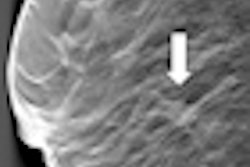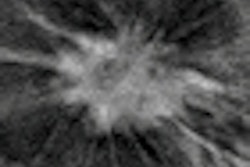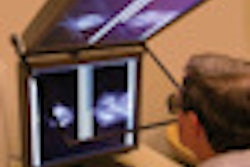Dr. Brian Haas, from Yale University, and colleagues included all patients who presented for screening mammograms between October 2011 and March 2012 at four clinical sites, one of which has a DBT unit. Patients at this site were offered screening with DBT as well as conventional digital mammography, while patients at the other three sites had digital mammography alone.
Of 5,780 patients, 1,602 received DBT. Haas' group found that the overall recall rate for patients in the tomosynthesis group was 7%, compared with 10.9% for conventional imaging alone. This reduction in recall rates ran across all tissue density and age groups, with significant differences in women with heterogeneously dense breasts (7.7% versus 14.8%), those with extremely dense breasts (2.2% versus 17.1%), and women younger than 40 (4.1% versus 20.5%).
DBT's overall cancer detection rate was 5.6 per 1,000, while conventional digital mammography's rate was 3.4 per 1,000, leading the team to conclude that DBT promises to have a powerful effect on screening mammography.



















